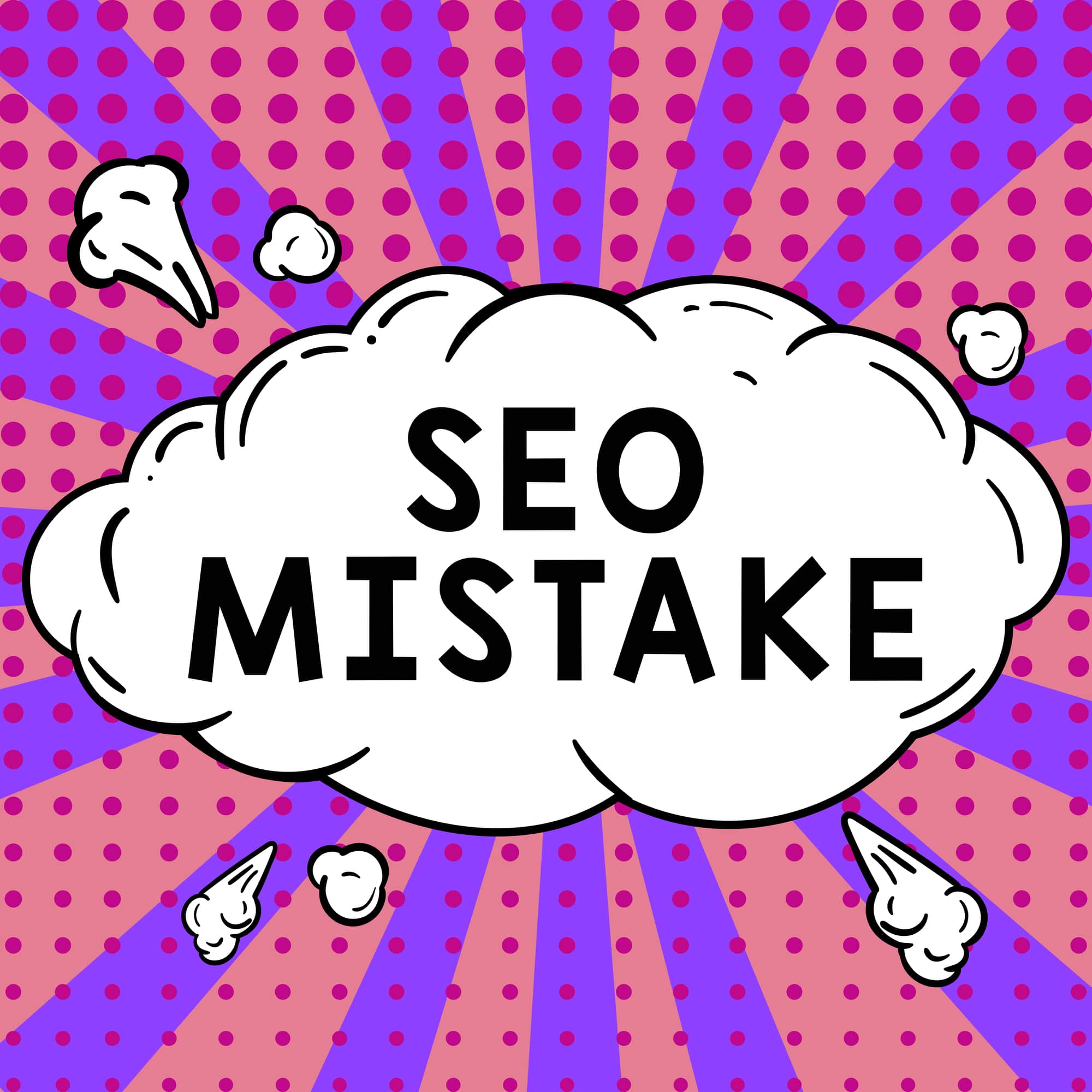 Content is King, so they say. We can go round and round on the quality vs. quantity debate, but in reality, the best websites have both… High-quality content and a lot of it. But high-quality content takes time… and you don’t have enough of that to go around. So how in the world are you supposed to get heaps of good, helpful content up on your business’ website? Let’s take a look at how to scale content creation without getting overwhelmed.
Content is King, so they say. We can go round and round on the quality vs. quantity debate, but in reality, the best websites have both… High-quality content and a lot of it. But high-quality content takes time… and you don’t have enough of that to go around. So how in the world are you supposed to get heaps of good, helpful content up on your business’ website? Let’s take a look at how to scale content creation without getting overwhelmed.
What is Content Scaling?
A quick definition before we move on. Content scaling refers to increasing your content production and distribution. Basically, publishing LOTS of content. But there’s more to it than that. You can’t just start writing without some kind of strategy behind it. Otherwise, your quality goes out the window (and you won’t rank in search for anything).
If you want to create content at scale in order to meet growing demand and reach a wider audience, you need a strategy. (And we’ll get to the strategy part below.)
How Would Content Scaling Affect Business Growth?
You may wonder, what’s the point? (And you’re not alone in asking that question. I’ve had plenty of clients ask the same thing.) To put it simply, when you have good content and blog posts on your website, you’ll likely be viewed as more trustworthy and authoritative. More than that, you might even get some good backlinks from it (which can directly impact your rankings)!
And when you create content at scale, you’ll expand your reach and improve your brand visibility. More content means more opportunities to rank in search engines, attract targeted organic traffic, and engage with potential customers. When done right, content scaling can lead to:
-
higher conversion rates
-
increased customer loyalty
-
higher revenue
Developing a Scalable Content Strategy
Aligning Content Strategy with Business Goals
What are your goals? Before you start creating a ton of new blog posts on your website, you need to align your content efforts with those goals.
(And if you’re not measuring your goals, consider a Google Analytics & Reporting service.)
Start by identifying your objectives and KPIs, then tailor your content strategy to support them. Do some keyword research to find out what people are asking and searching for, and build a strategy around those topics (if they align with your goals).
Defining Types of Content that Resonate with Your Target Audience
Understanding your target audience is crucial for creating a piece of content that resonates and drives engagement. We talked a little bit about this in our last article about local content writing, but market research is essential. Talk to your customers (or people you want to be your customers) and identify their preferences, pain points, and interests. That alone can give you an array of content ideas.
Three Ways to Scale Content Creation
You’re only one person, so there are three main ways you can scale content creation. You can build a content team, use AI writing tools, or hire a digital marketing agency to help you. Here is a little more info on how to scale content creation with each of these methods:
1. Build a Content Team
It sounds obvious (and maybe a bit expensive), but building a specialized content team can do wonders for your website growth. Here’s how to go about it the right way:
Hire Content Creators with the Right Skills and Experience
Like everywhere else in your business, hiring the right talent is crucial. Look for content creators who possess strong writing and editing skills, creativity, and SEO experience. Conduct thorough interviews and review portfolios to assess their capabilities. You can also seek out content creators with experience in your industry. That might be a little more difficult, but the best content creators are good at research and can interview experts when necessary. You may also consider growing your team further and finding candidates with experience in social media or video content production to diversify your content offerings.
Establish Roles and Responsibilities within the Team
For a fully-functioning content team, you’ll want to establish clear roles and responsibilities. It will keep you, your team, and your business organized and moving forward. Even if you have one or two people who do a few of these roles, you should still define their expectations. You might have a content strategist, a writer, an editor, an SEO specialist, a video producer, and a social media manager. You’ll also want a content manager or marketing manager to oversee the team. Assign tasks based on each team member’s strengths and expertise, ensuring that all aspects of content creation, from ideation to distribution, are covered.
Implement a Content Creation Process
If you’re the content strategist, you’ll need to develop a well-defined content creation process. Not only will it streamline the team’s workflow, but it will also ensure consistency in quality.
-
Brainstorm your content marketing strategy. We talked about this in a paragraph above, but it’s good to reiterate. You want your content to align with your business goals, and you can’t do that without a content strategy.
-
Create a content plan. Content planning is different than content strategy. This is when you create content calendars and conduct keyword research. It helps you keep track of deadlines, assign tasks, and ensure a steady flow of content.
-
Write the content. In accordance to your plan outlined in the above step, you (or your team) will move on to outlining, drafting, editing, and finalizing the content. You might want to create a style guide to have them follow in order to stay consistent.
-
Establish an approval process. Before publishing content on the website, you’ll likely want to approve it. Whether it’s you, a marketing director, or a content manager, you’ll want someone to look the content over and ensure it’s accurate and aligns with your brand voice.
2. Scale Content Creation with AI (Should You?)
AI writers are all the rage right now, and it’s no wonder why. Tools like ChatGPT have made content creation incredibly quick and easy for small and medium-sized businesses that otherwise couldn’t afford content scaling.
The problem is… you’re not the only one using Artificial Intelligence. The rise of AI content writing has led to an upsurge of… dare I say it… complete garbage on the Internet.
That being said, AI content still works for SEO. In fact, I think if you’re not using AI, you might be left behind. You just have to use it the right way.
How do you use it the right way? Use AI as an assistant, not a content writer. AI can help you come up with content ideas when you’re staring at a blank page. It can even help you with content planning, keyword research, and outlines. It shouldn’t be left to its own devices though.
Too often, AI writing tools give false information. You’ll want to check it for accuracy and also change up the tone to match your brand voice. You don’t want to sound like a robot.
You also don’t want to risk producing generic or low-quality content that gets penalized. Evaluate AI tools carefully and use them to complement, rather than replace, human creativity and expertise.
Here are some more tips for using AI writers.
3. Hire an Agency to Help You with Content Scaling
Sometimes, bringing in the pros is the best move. Partnering with a digital marketing agency can provide the expertise and resources you need to scale effectively. Agencies offer a range of services, from strategy development to content creation and promotion. They often offer other services to help you grow your business too, like website maintenance and paid search. Partnering with an agency will allow you to focus on your core business while they help you achieve your content goals.
If you’re interested in learning more about how we can help you scale your content, reach out to periscopeUP at (443) 475-0787 or send us an email: info@periscopeup.com.







